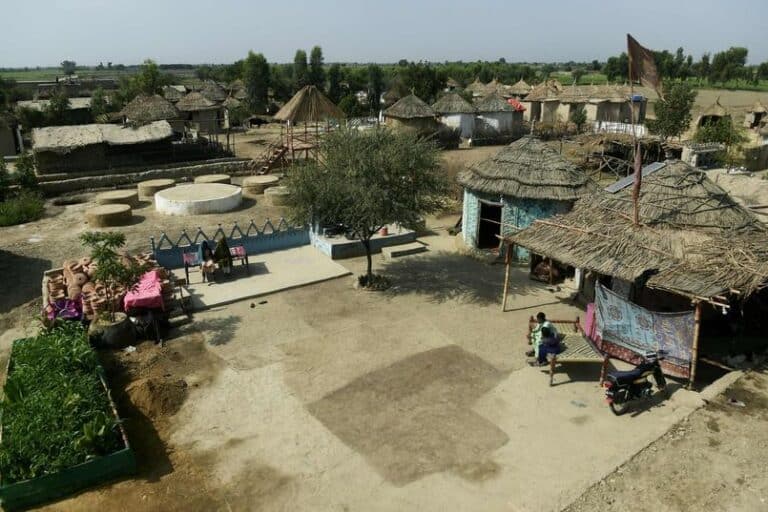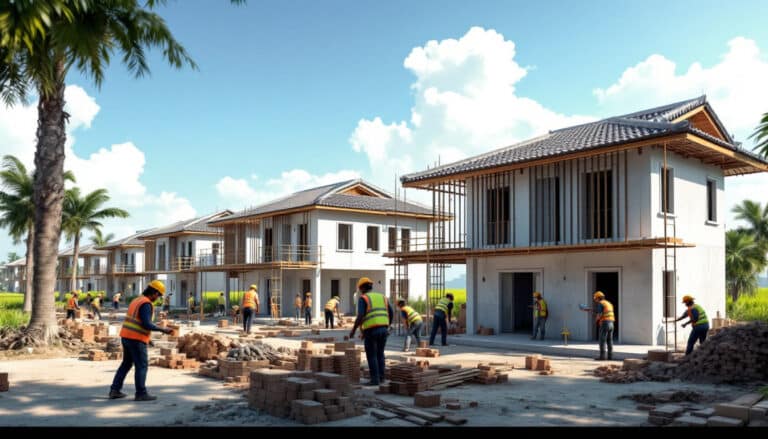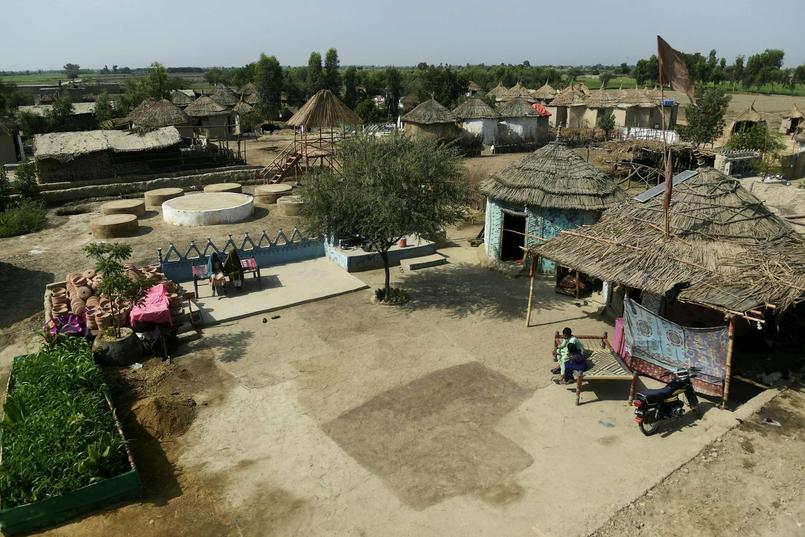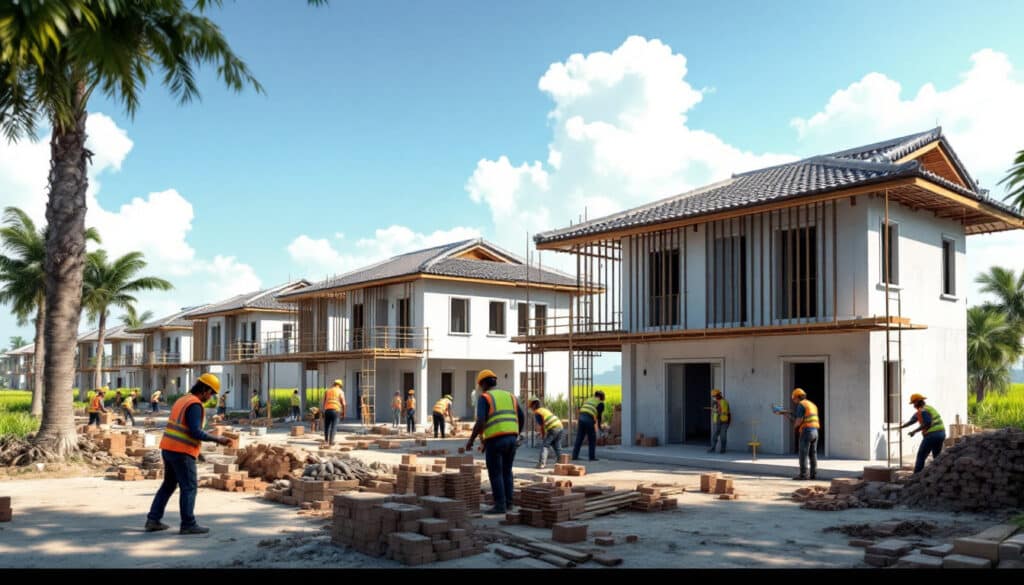Jeanne Gang, American architect at the head of Studio Gang, stands out for its innovative approach which combines aesthetic And sustainability in contemporary architecture. Through his book, The Art of Grafting in Architecture, it proposes to integrate concepts from nature, less energy-consuming and more respectful of the environment. By adopting horticultural techniques such as grafting, she reinvents urban spaces, emphasizing the reuse and theefficiency. His work highlights the importance of creating buildings that not only look good, but also improve biodiversity and reduce the carbon footprint, while providing ethical dimension to architecture.
Table of Contents
ToggleJeanne Gang: Harmony between aesthetics and sustainability
Jeanne Gang embodies an innovative approach in the field of modern architecture, where theaesthetic and the sustainability are not considered as opposing elements, but rather as inseparable components of the same project. In her work, she explores the idea of graft in architecture, drawing inspiration from horticultural techniques to create spaces that not only beautify our cities, but also seek to reducecarbon footprint constructions.
Far from simple buildings, Gang’s work with his agency, Studio Gang, focuses on environmental value and social of its achievements. By integrating natural elements into the urban environment, it promotes biodiversity while meeting contemporary needs. Each project reflects a subtle balance between functionality and beauty, and highlights the need for ethical architecture adapted to the challenges of climate change.
The challenge of current architecture thus lies in its ability to fix and to reconnect citizens with their environment, a challenge that it takes on brilliantly, showing that it is possible to reconcile aesthetic needs and ecological responsibility.

Jeanne Gang is an emblematic figure of contemporary architecture, recognized for her exceptional ability to combine aesthetic And sustainability. Founder of Studio Gang, her agency based in Chicago, she has established herself as a visionary architect, always seeking innovative solutions to the urban challenges of our time. His work is not only limited to the creation of buildings or public spaces, but is also part of a broader approach to sustainability and of connection with nature.
A graduate of the University of Wisconsin-Milwaukee and a master of architecture from Harvard University, Gang quickly gained recognition for her original approach to architectural projects. His office, Studio Gang, is not only a place of creation, but also a laboratory of ideas where harmony between environment and architecture is a priority. She combines her technical expertise with a sensitivity to the ecological impact of her constructions, which has allowed her to carry out projects that are both functional and aesthetically appreciated.
One of the key concepts defended by Jeanne Gang is that ofart of grafting, inspired by horticultural techniques. In her recently published book, The Art of Grafting in Architecture, she explores how this method can be applied to architecture. For example, she uses this metaphor to describe how to integrate structures into an existing urban fabric while adding aesthetic and functional value. This principle of graft reflects his desire to reuse materials and integrate natural elements into its projects, thus promoting an environmentally friendly approach.
At the heart of its projects, we also find a strong social dimension. Gang pleads for ethical architecture which takes into account the needs of communities. Designing buildings that promote social interaction and meet sustainability issues is a priority for her. By integrating accessible green spaces and using local materials, Gang seeks to create places that are not only aesthetically pleasing, but also strengthen the connection between residents and their environment.
Among his notable achievements is the “Aqua Tower” in Chicago, a building that not only stands out for its innovative design, but also incorporates elements of sustainability. By using projecting balconies to minimize the impact of heat on the environment and by integrating rainwater collection systems, this tower aims to be a model of architectural sustainability. This project perfectly illustrates the way in which Jeanne Gang articulates her design around contemporary ecological issues.
Jeanne Gang continues to inspire the new generation of architects with her commitment to meeting the challenges posed by climate change and increasing urbanization. Her work is not limited to physical architecture: she questions our relationship to space, nature and community, establishing herself as a pioneer in the integration of sustainable practices in the architectural sector. Through its bold projects and its vision favorable to biodiversity, it paves the way towards a future where architecture harmonizes man, nature and modernity.
















